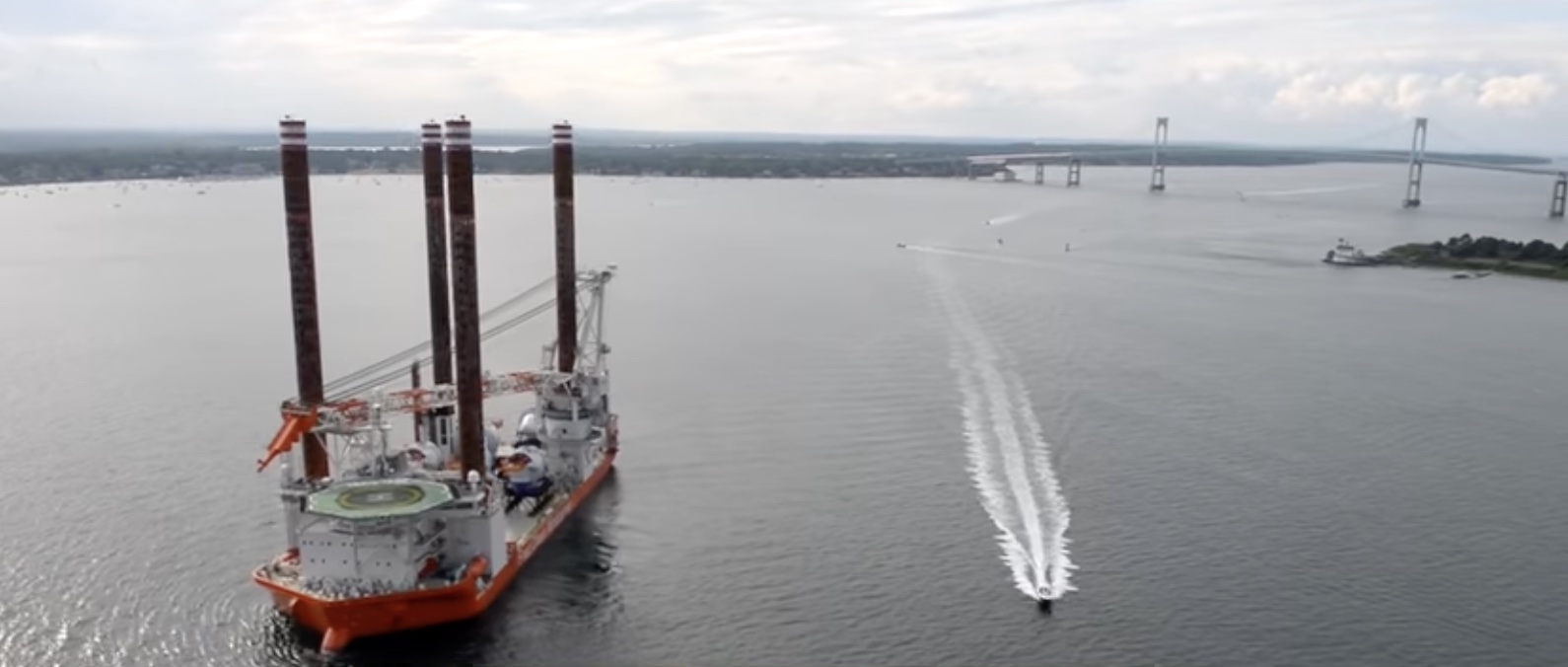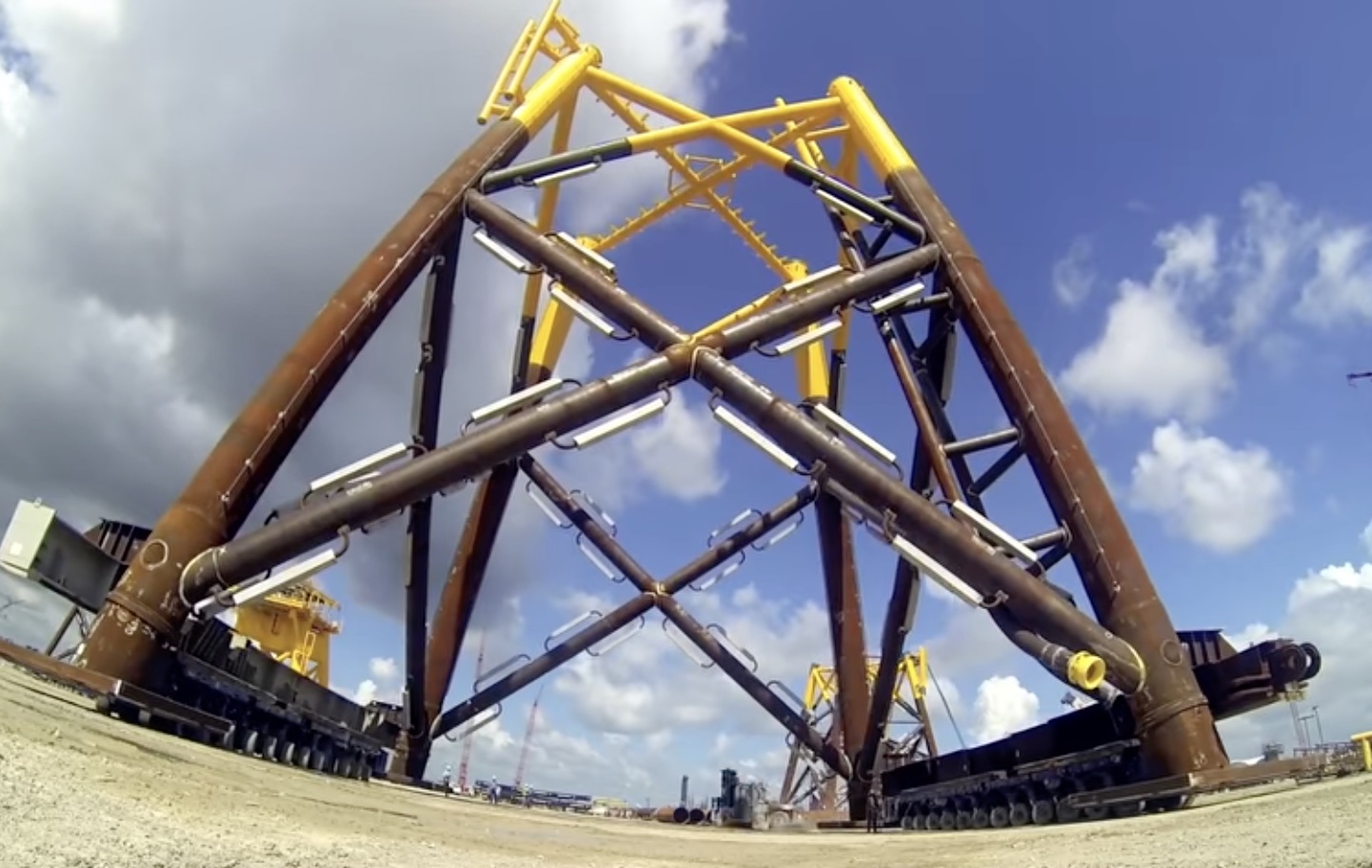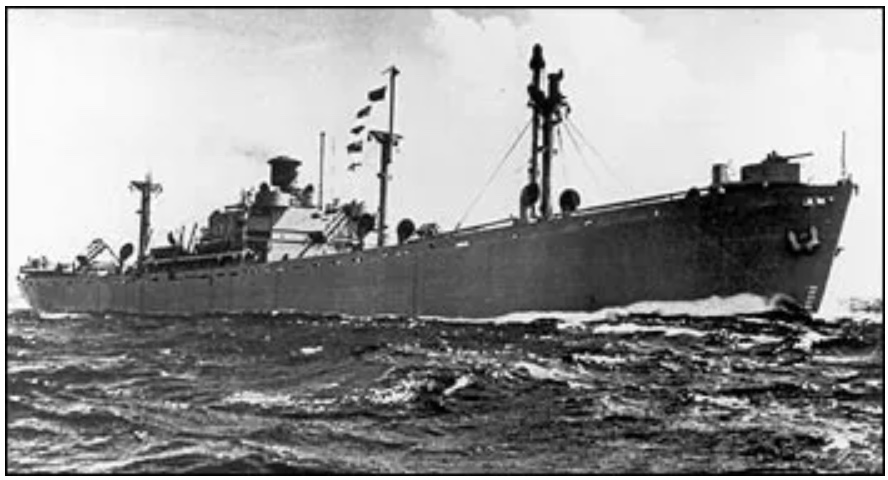Can Offshore Wind Actually Compete?
Offshore wind is a growing and increasingly hot area for renewable energy developers and policy makers.
But today, the levelized cost of electricity (LCOE) and project time to develop, offshore wind in its best markets remains significantly disadvantaged compared to onshore wind and solar in their best markets. Onshore wind and solar technologies now have lower LCOE than even the marginal cost of just the fuel in a fossil power plant in many markets. The big question remains: Is offshore wind a massive niche and policy boondoggle, or can it be as competitive globally as its onshore cousins?

Laying Out the Case for Competitiveness
Regional Policy and Economics: Cleantech and energy may be global, but power is regional. The story of cleantech growth has been one of the hyper-regional growth stories; good news is offshore wind probably doesn't have to beat onshore - it just has to beat it in its best markets as the marginal resource (or see public policy support it).
Resource Wins: The best high-quality renewable resource at scale outside of hydro is offshore wind. A little longer turbine is not just a little better in wind turbines – it’s exponentially better when placed in the best resource. In energy, the best and biggest resource tends to win. So offshore will eventually outcompete all other resources.
Easy Technical Problem: This may sound odd, but offshore wind is a technically easy installment. Yes, it is extensive, capital intensive, and massive, but the technical challenges of scaling systems of this type are well known, even offshore. We built 50,000-ton ships almost 100 years ago, and can build ships ten times that large today. We were drilling offshore in 1897, and now drill in two-mile deep water. That’s technically hard. With due respect to the engineering industry, offshore wind is in the category of “First Sergeant, get it done.”
Early Days on Scale: The industry is still really small, which may seem strange to say for a decade-plus old sector with GWs of production, but a Gigawatt is nothing in energy. The story of cleantech and renewables is one of mass manufacturing scale-up dominating technical advances to drive down costs, which we haven’t yet seen in offshore wind. Hence, the best is probably yet to come on costs as it grows.

Not Entirely Cut and Dried: The Challenges
Complexity and low Volume is the Enemy in Cleantech - Most of the world's scale successes in cleantech in the last fifteen years (e.g., Solar, EVs, Batteries) were due to mass manufacturing. These advantages were delivered from high volume manufacturing, productization, rapid deployment, and repeatability to drive costs down through volume practices. Even at a massive scale, we with offshore wind we are still talking about large-sized, relatively low volume units from a handful of companies--not the kinds of factory built things that lend themselves to the type of mass manufacturing scale and competition that have been winning in cleantech. For offshore wind the industry may find that a fatal flaw to keep up with cost reductions in other sectors, and we may never see the prices come down comparatively.
Relatively low volumes - Even at a massive scale, we are still talking about large-sized, relatively low volume units from a handful of companies--not the kinds of the things that lend themselves to the type of mass manufacturing scale and competition. We have seen this happen in tech or consumer products, and even cleantech; mass production led to the oversupply of manufacturing capacity, driving market costs down. With offshore wind, however, there isn’t a need for mass scale. In truth, we may never see the prices come down comparatively.
Industry Not Built for Success - The marine, drilling, and oil and gas industries all have the technical skills set to deliver offshore wind - and have for decades. But the marine and offshore industries have been designed to provide complexity and safety in large, complex, long lead time custom projects. Ultra-low cost, repeatability, cost down manufacturing like the successes in onshore wind, energy storage, and solar PV would be an entirely different framework for the industry. If it succeeds, it will likely have to change its stripes and adopt an entirely new DNA. Competing with Falling PV and Onshore Wind Costs Chasing PV and onshore wind is kind of like catching a falling knife, and industry cost curves underlying solar cells and battery continue to drop. My firm sees no reason why we can’t reach $0.01/kwh wholesale power. Few analysts are advocating offshore wind can match that cost curve, but perhaps in some markets that’s ok.
Competing with Falling Onshore Wind Costs - Chasing onshore wind is like catching a falling knife; there is no reason to reach $0.01/kWh wholesale power, and firm distributed generation is cheaper than wholesale fossil. However, few analysts advocate that offshore wind can match that cost curve.
Electric Infrastructure Costs: In the utility-scale renewable projects that now dominate the US and global electric power capacity additions each year, the dominant variable to both economic success and project delivery is usually available transmission infrastructure. That does not exist offshore and is a LOT more expensive to build there, leaving it.

I’ll leave you with an analogy from history. Over a decade ago, I visited a fabrication yard in Scotland. The yard was one of the first movers in offshore wind platform fabrications, founded to make offshore jackets for the North Sea oil industry, and the last jacket had been completed. For offshore oil, the company would design and assemble one massive custom-engineered jacket every 18 months. The offshore wind industry did not need custom one-offs and couldn’t afford the cost of them. For wind, the team needed to roll three jackets a week into the water for a year for one small 150 MW wind farm. Nobody in the marine industry had done that since the US Liberty Ships in World War II: 2,751 Liberty Ships were built, with the first one taking 150 days, and the fastest taking four days and fifteen hours to complete.
Wind turbines are no more complex than a Liberty Ship, and the US had to invent every process to build them from scratch. If the offshore wind industry decides to build like Liberty Ships, there won’t be much to catch it.
.jpeg) Neal Dikeman is a partner in Energy Transition Ventures, an early-stage venture capital firm investing in startups that drive or benefit from the energy transition. As chairman of Cleantech.org, he leads a network dedicated to bringing together scientists and entrepreneurs to commercialize cleantech and fight climate change. He was the Libertarian Party’s candidate for US Senate from Texas in 2018.
Neal Dikeman is a partner in Energy Transition Ventures, an early-stage venture capital firm investing in startups that drive or benefit from the energy transition. As chairman of Cleantech.org, he leads a network dedicated to bringing together scientists and entrepreneurs to commercialize cleantech and fight climate change. He was the Libertarian Party’s candidate for US Senate from Texas in 2018.
Energy Transition Ventures | energytransitionventures.com
Author: Neal Dikeman
Volume: 2022 March/April








